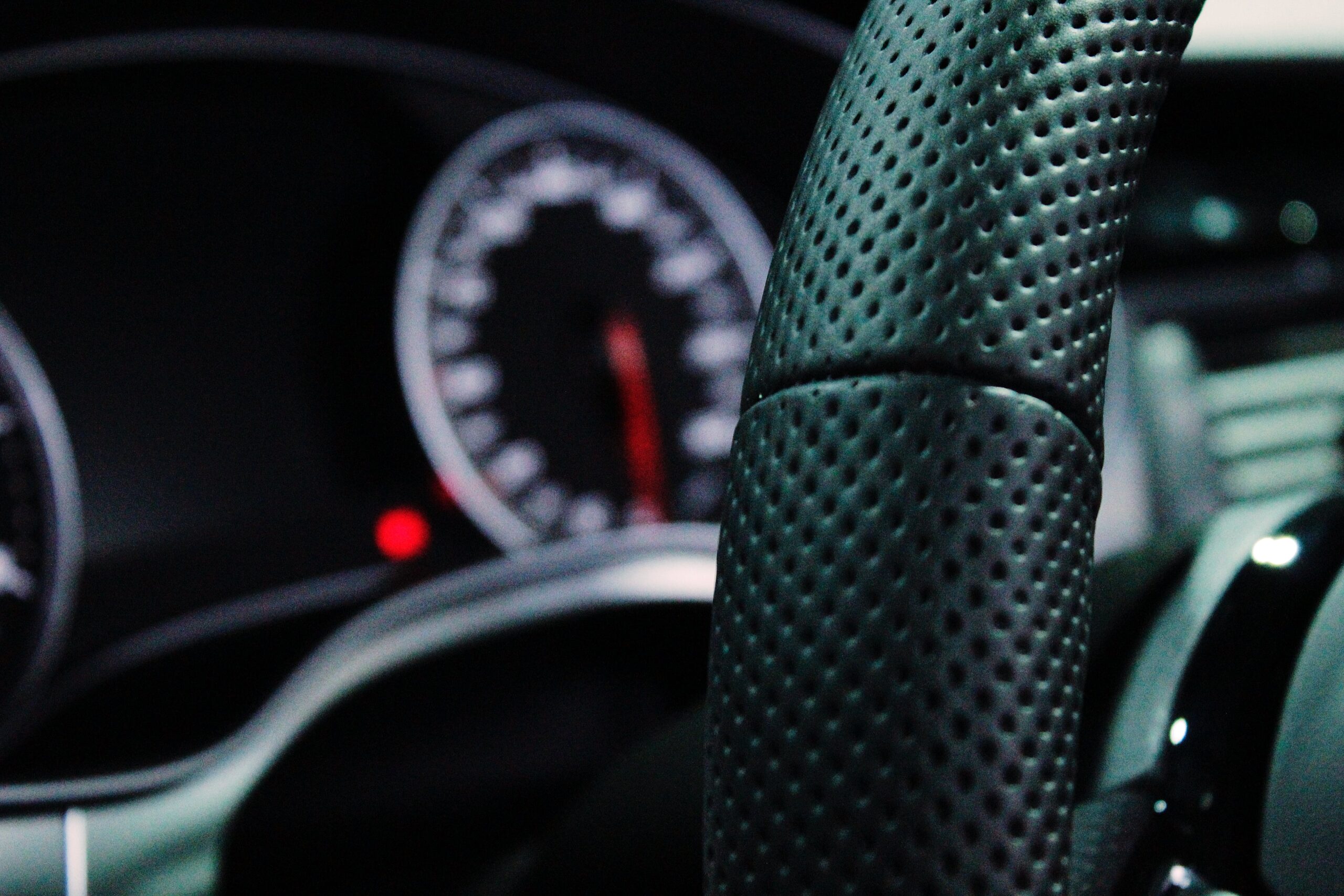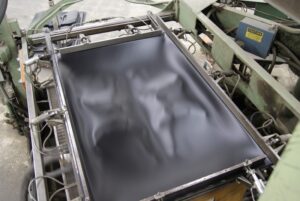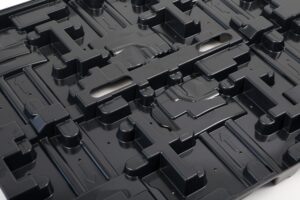Over the
years, the automotive industry has developed a multitude of materials for the
manufacture of parts, with expanded polypropylene being one of them. At Walter
Pack, we want to tell you what polypropylene is, its properties, and its most
common uses in the industry, taking advantage of our vast experience in the
development of parts for the automotive sector…
What is expanded polypropylene and properties?
Expanded
polypropylene is a type of expandable resin that is composed of 98% air, so it
is extremely lightweight. It is also known for its great mechanical strength,
which is why it is used in multiple applications in various industrial sectors.
EPP,
developed in the 1970s, was the result of various research into new forms of
polypropylene. It began to be used in Japan in 1982 to manufacture automotive
products, and it is currently one of the industries that use it the most, due
to its lightness, flexibility, and high impact absorption.
As for
manufacturing, it is usually quite complex, as it depends on two important
factors: technical knowledge and specialized equipment for it. The whole
process requires several phases, under strictly controlled environmental
conditions.
The
procedure begins with the mixing of the polypropylene resin with other
ingredients. The extruded granules are expanded until they become foamed
polypropylene beads. Subsequently, the EPP beads are injected into multi-cavity
molds, where the heat of the steam combined with the pressure causes these
beads to fuse, taking the shape of the mold.
EPP is
available in different grades depending on the application and technical
requirements. High-density grades are used in applications where a high energy
management is required, such as the case of automobile bumpers and interior
safety elements for passengers.
There are
also low-density grades, which are used for packaging applications. Finally,
medium-density grades are used to manufacture furniture and various consumer
items.
Properties
of expanded polypropylene
As
mentioned, EPP has multiple properties. The most important are:
· It has great mechanical and chemical
resistance.
· It is resistant to compression.
· It is resistant to moisture.
· It has good insulating properties,
both thermal and acoustic.
· It is lightweight.
· It is durable.
· It has a high impact absorption.
Applications and benefits of polypropylene in the automotive industry
Due to all
these properties, it is a material that can be used in various applications,
with the construction of automobile parts being one of the most important. That
is why we will explain the use of this material within this industry.
Interior elements
The first
thing we must mention is its great energy absorption capacity and its
lightness, two essential qualities for developing parts such as shock absorbers
and air grilles. These components must be lightweight to optimize the weight of
the car.
In the same
way, thanks to its high impact absorption, EPP is used to manufacture other
components for the car cabin, such as headrests, door seals, and other shock
absorbers. This guarantees the safety of passengers in the event of an
accident.
Floor components
EPP is also
used to manufacture floor components. They are used to level the floor of the
vehicle, thanks to the fact that it is a highly flexible material with which
complex shapes can be designed.
Luggage compartment accessories
Similarly,
it is used to make tool accessory kits, spare wheels for the luggage
compartment, battery covers, among others. The reason for this is that it is a
resistant material, so much so that it has enough strength to hold tools
securely in the luggage compartment.
Armrests
Also, EPP
is used to make armrests, thanks to its strength and the fact that it does not
suffer permanent deformation. This means that it returns to its previous shape
when the pressure is stopped. At the same time, it offers stability and
comfort.
Headrests and seat inserts
Similarly,
polypropylene foam EPP is used to manufacture headrests. Headrests, being a
passive safety component, have to be manufactured with excellent quality
materials that provide the driver with the correct protection in the event of
an accident.
Its great resistance to damage and great comfort make it perfect for this, not to mention that it is also used to manufacture car seat inserts, due to being a profitable and lightweight material.
At Walter Pack, we are always looking for materials that provide our customers with the
best performance for their projects. That is why we use EPP to manufacture
decorative and functional parts for sectors such as automotive or white goods,
among others. We take advantage of its properties to create lightweight parts
that can withstand wear and tear.




